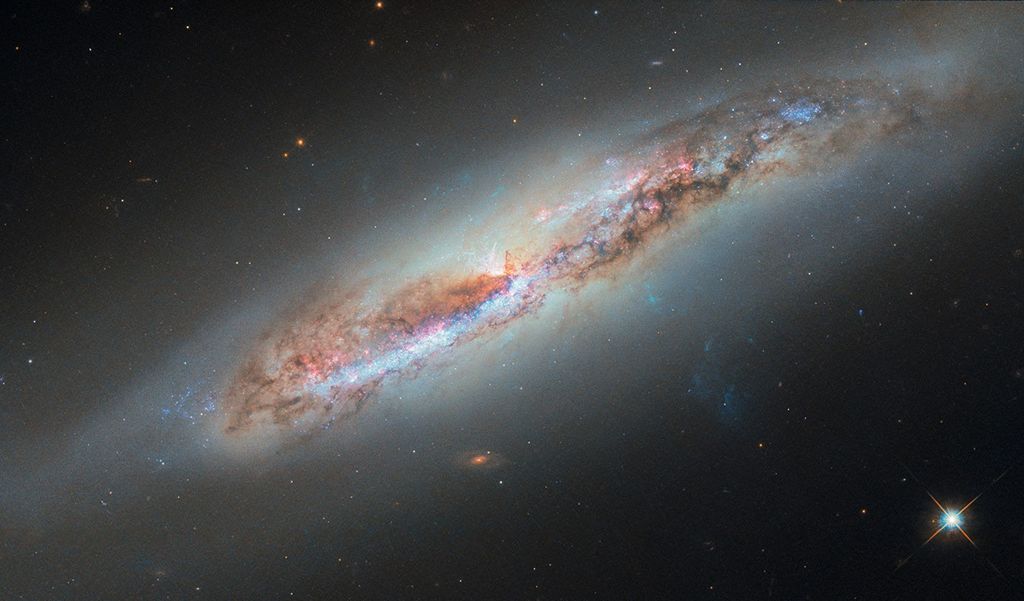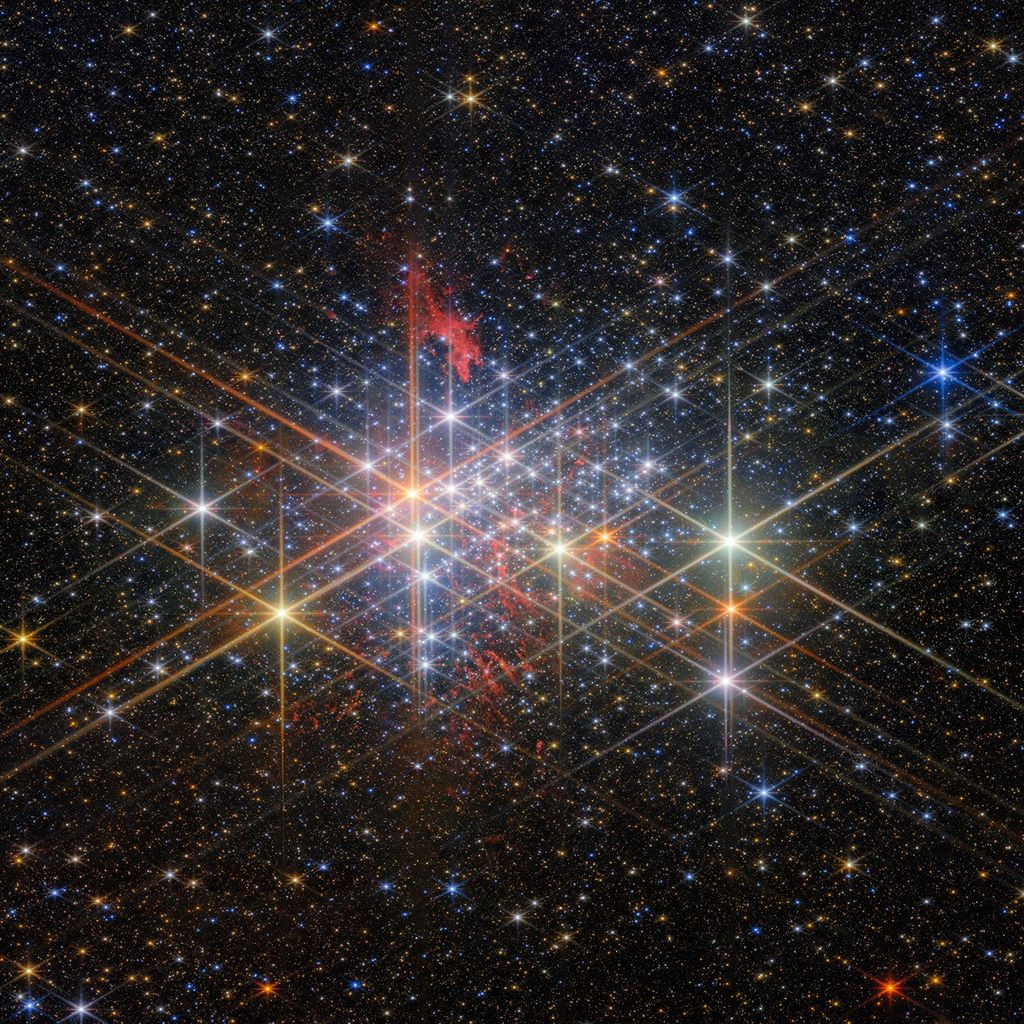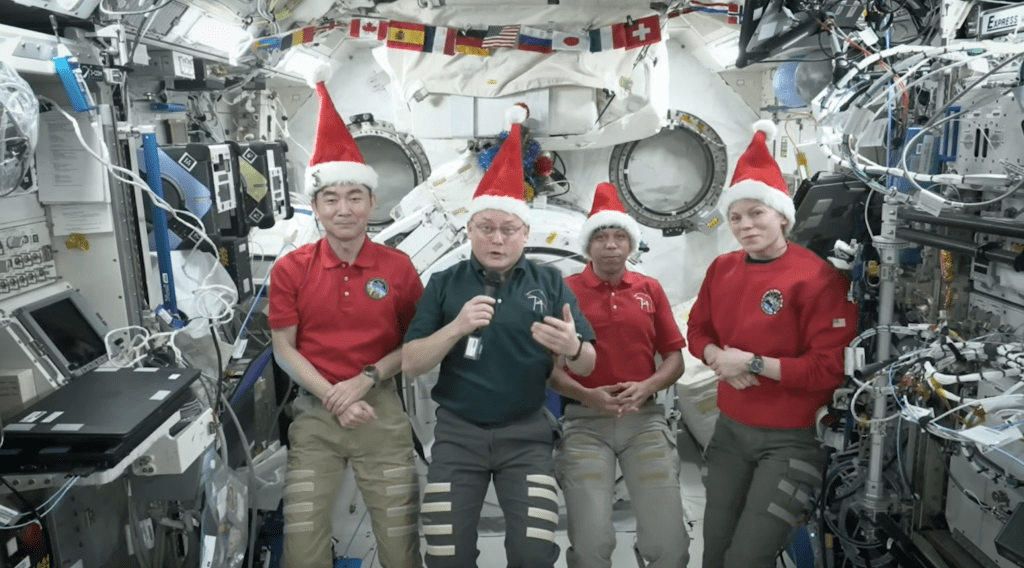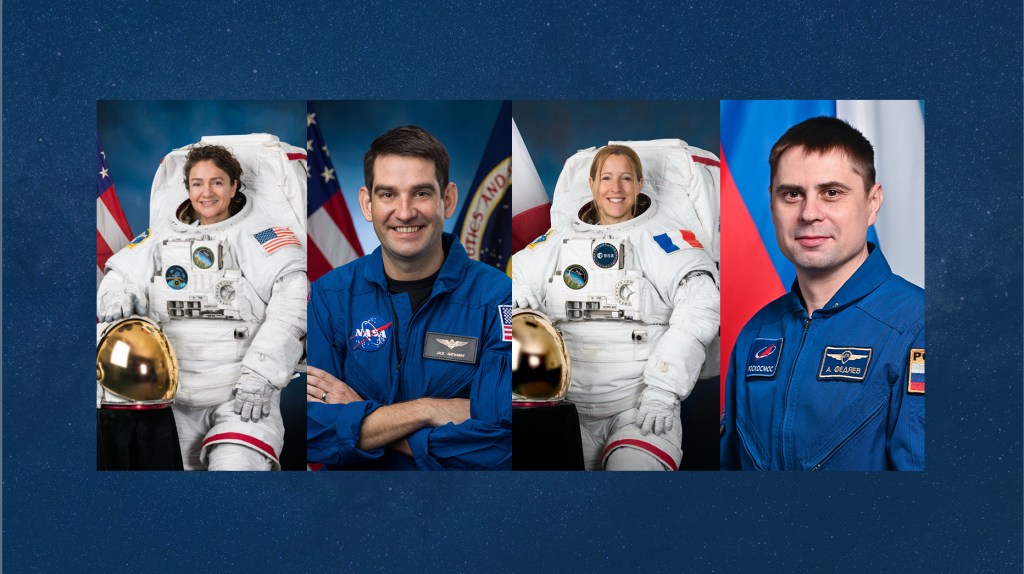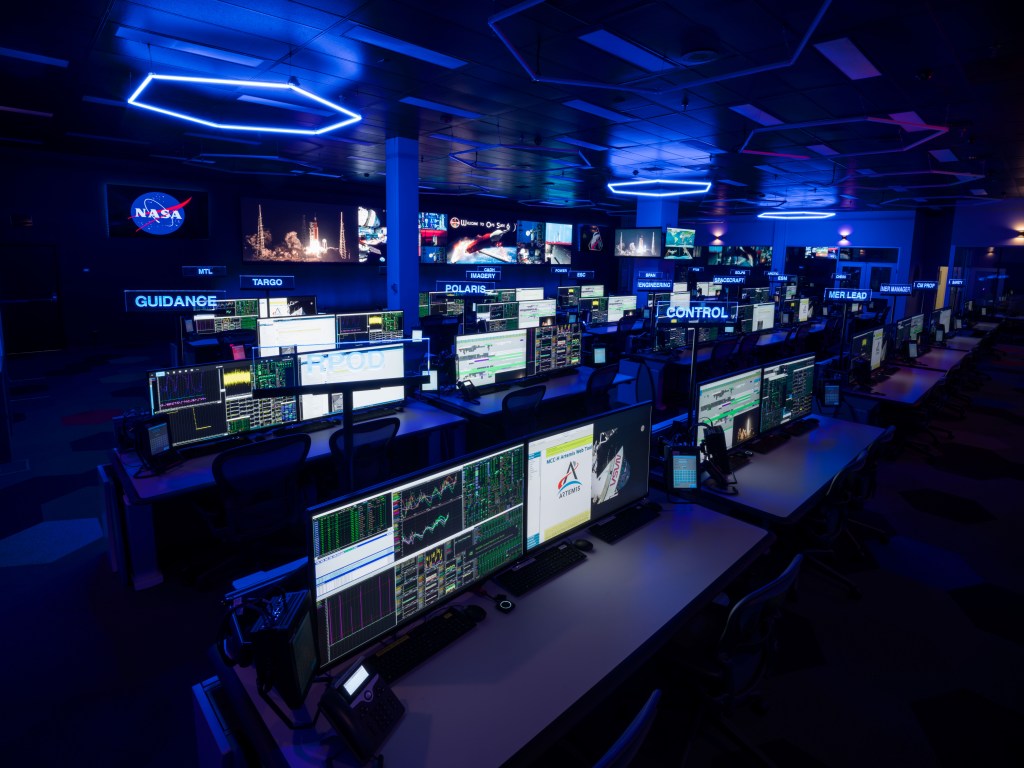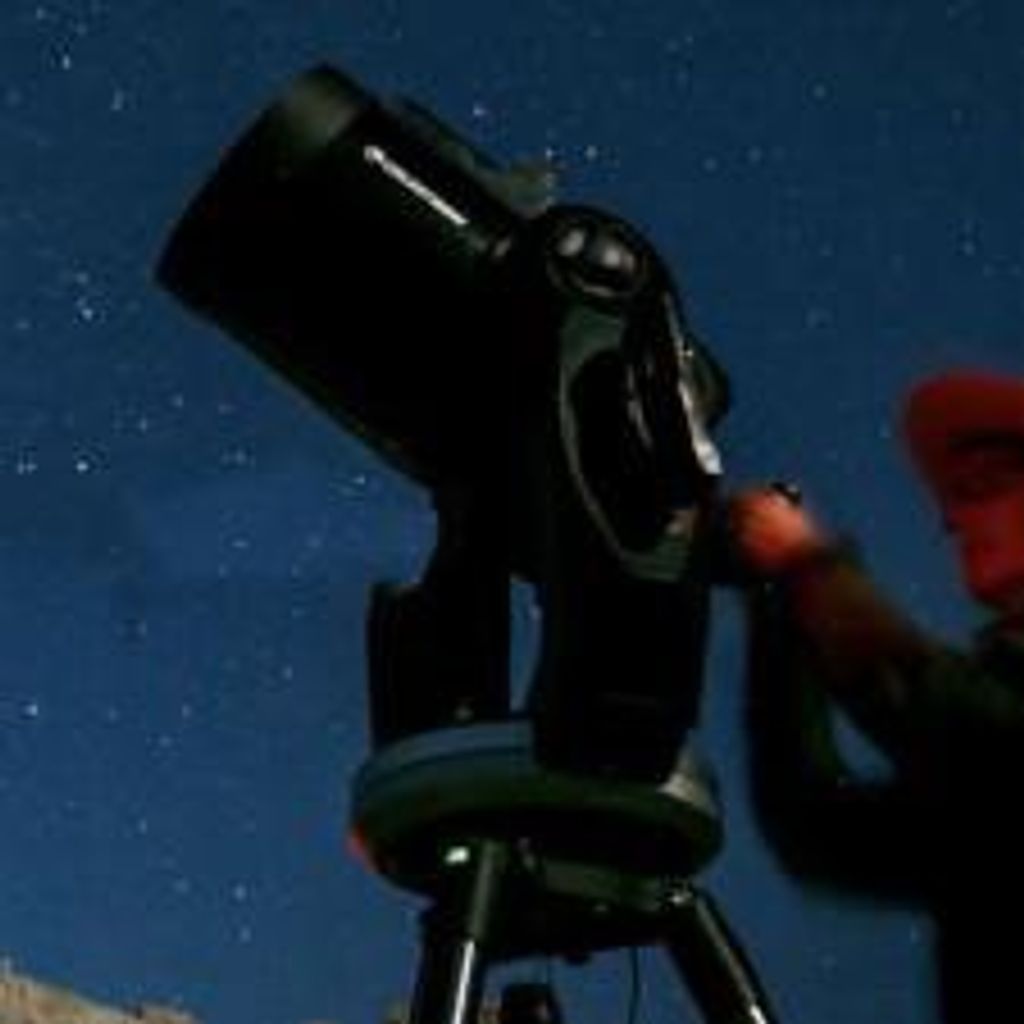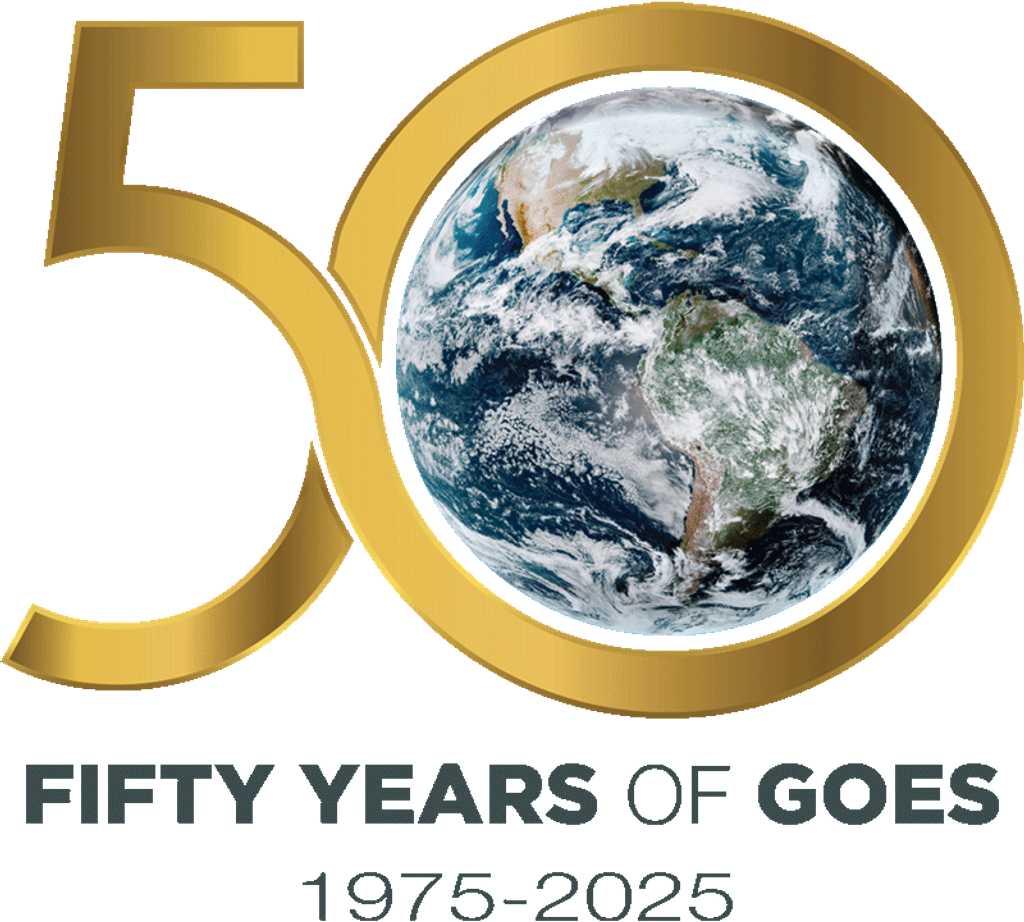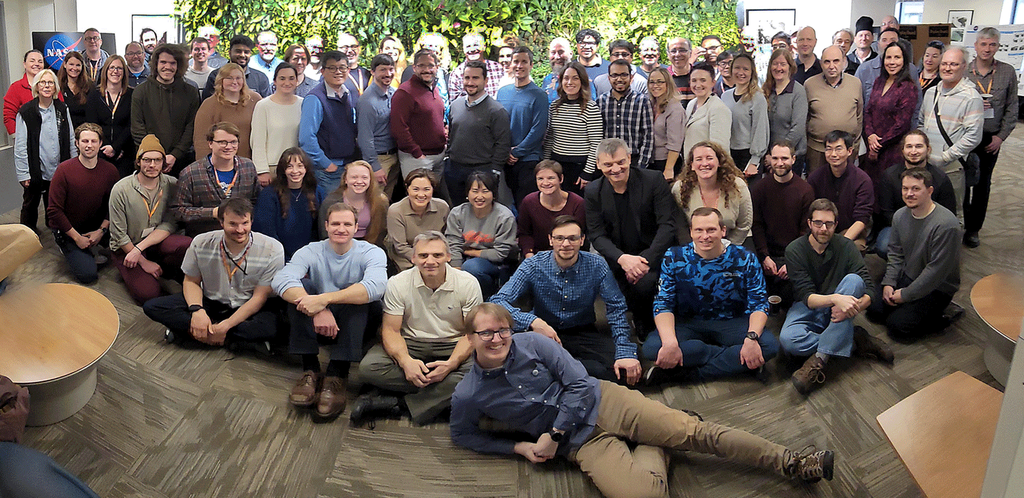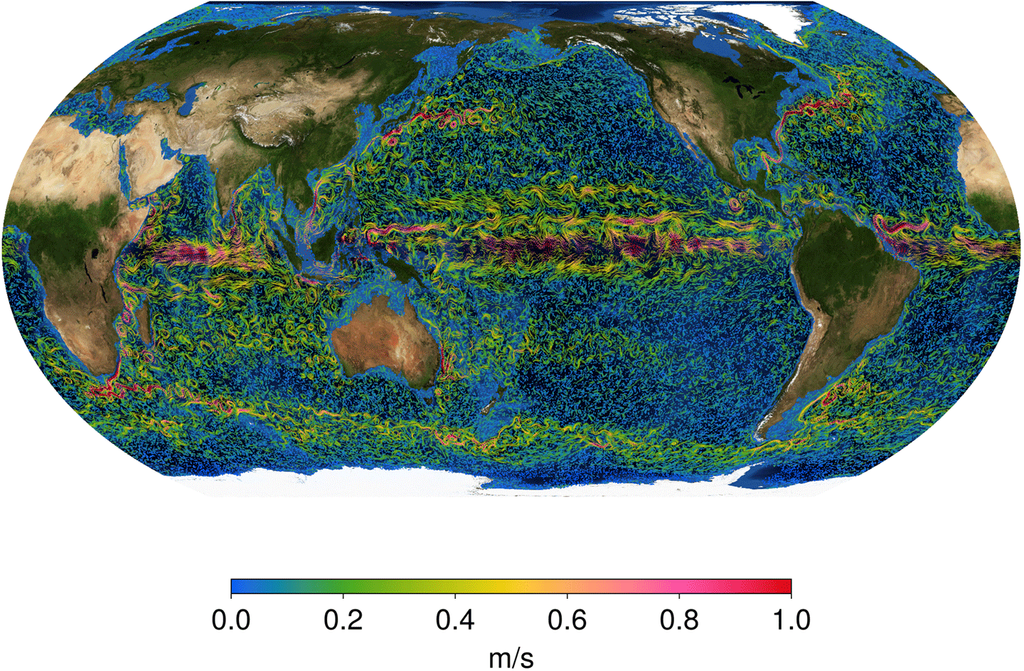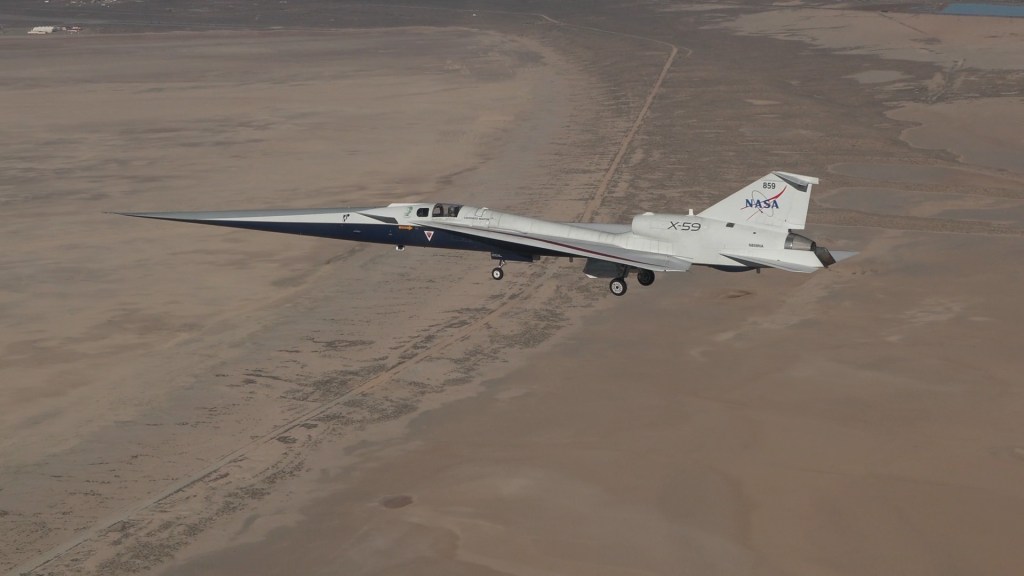1 min read
Artist’s Illustration of a Giant Cosmic Magnifying Glass

This diagram shows how the gravity of the massive galaxy cluster Abell 2744 bends and magnifies the faint light of a far distant galaxy behind it, a phenomenon called gravitational lensing.
The cluster's lensing power produced three magnified images of the faraway galaxy, allowing astronomers to discover an object that would otherwise be too faint to see by any telescope, including the Hubble Space Telescope (illustration at top). Each magnified image makes the galaxy appear as much as 10 times larger and brighter than it would look without the intervening lens.
The galaxy resides more than 13 billion light-years away and appears as a tiny blob that is only a small fraction of the size of our Milky Way galaxy. But it offers a peek back into a time when the universe was only about 500 million years old, roughly 3 percent of its current age of 13.7 billion years.
Related Images & Videos

Hubble Uncovers One of the Smallest and Farthest Galaxies in the Universe
The heart of the mammoth galaxy cluster Abell 2744, also known as Pandora's Cluster, is shown in this Hubble Space Telescope image. The cluster is so massive that its powerful gravity bends the light from galaxies far behind it, making background objects appear larger and...
Share
Details
Claire Andreoli
NASA’s Goddard Space Flight Center
Greenbelt, Maryland
claire.andreoli@nasa.gov

